
25 | Major Shaitan Singh, PVC | 1962 | Mewar | Sometimes I write | Military History | A Free Bird | Probably A Documentary Maker |
How to get URL link on X (Twitter) App



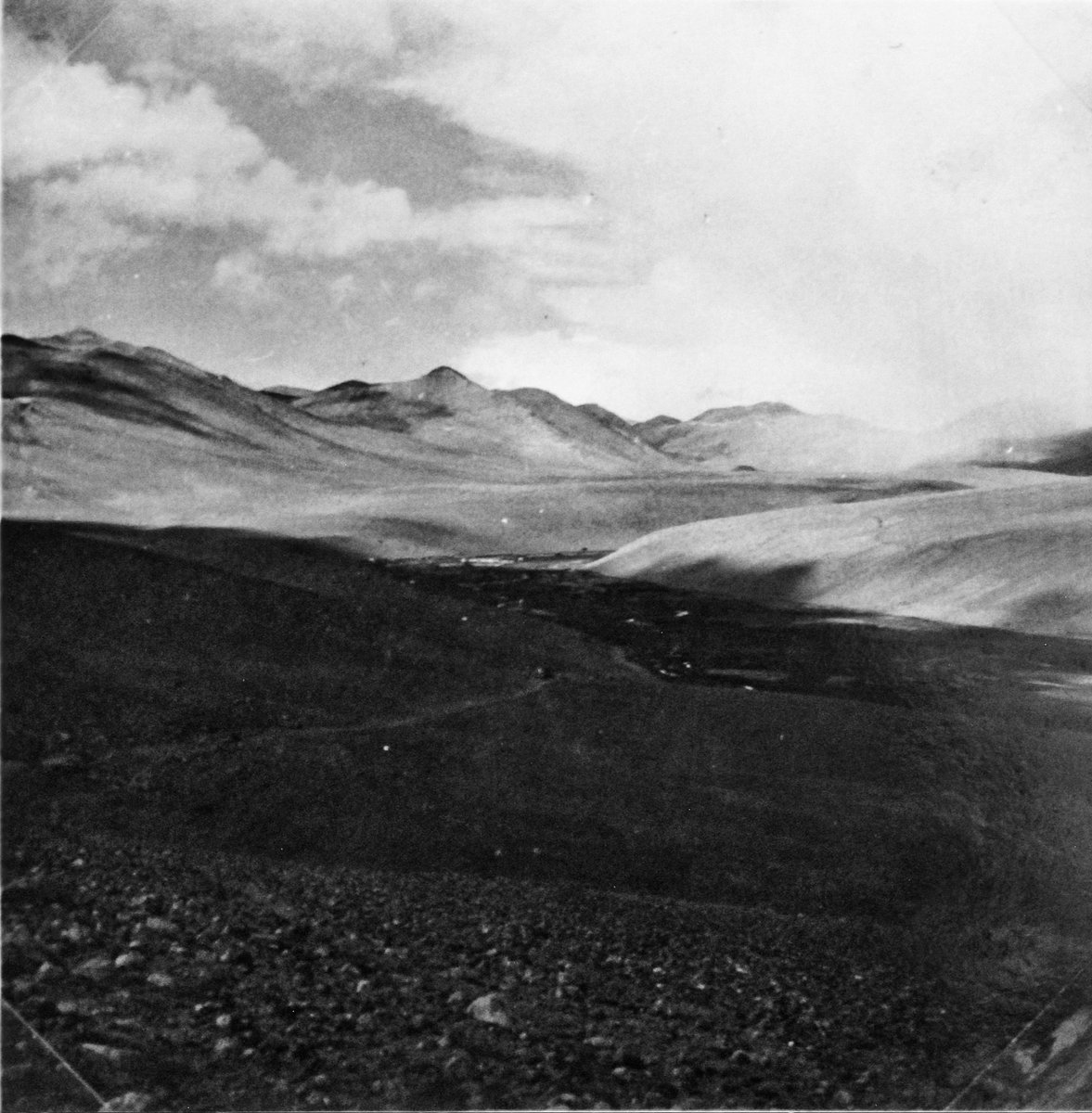 he thought of his gallant troops who had fought so valiantly against the powerful enemy during the start of the Sino-Indian War in 1962.The Chang Chenmo valley, also known as the Middle Sector, is situated east of Shyok and south of DBO. (2/n)
he thought of his gallant troops who had fought so valiantly against the powerful enemy during the start of the Sino-Indian War in 1962.The Chang Chenmo valley, also known as the Middle Sector, is situated east of Shyok and south of DBO. (2/n)
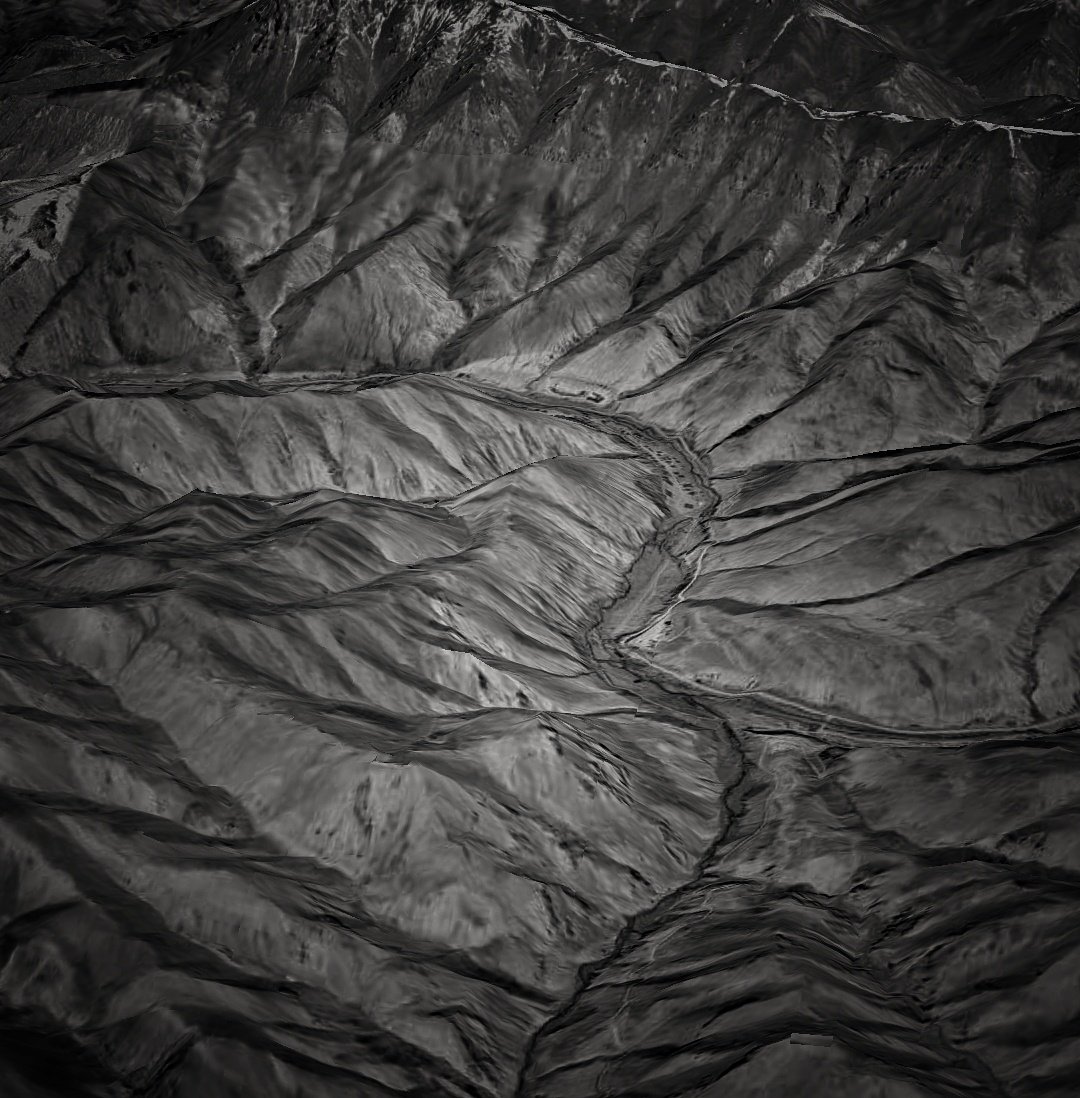

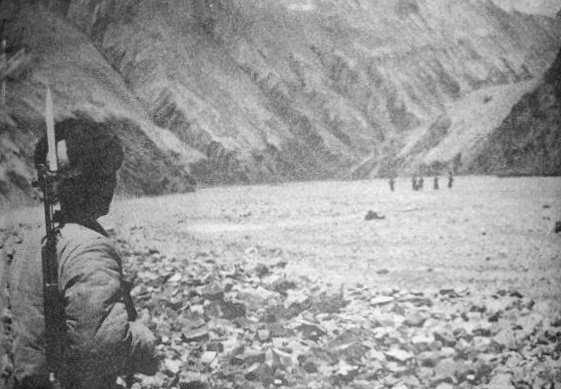 Galwan is one of the most used terms by the general public during the past three years of India-China stand-off in Ladakh. Though both posts of 1962 and 2020 are located at different positions. Here is the story of the actual gun-fight that happened at Galwan in 1962. (2/n)
Galwan is one of the most used terms by the general public during the past three years of India-China stand-off in Ladakh. Though both posts of 1962 and 2020 are located at different positions. Here is the story of the actual gun-fight that happened at Galwan in 1962. (2/n) 
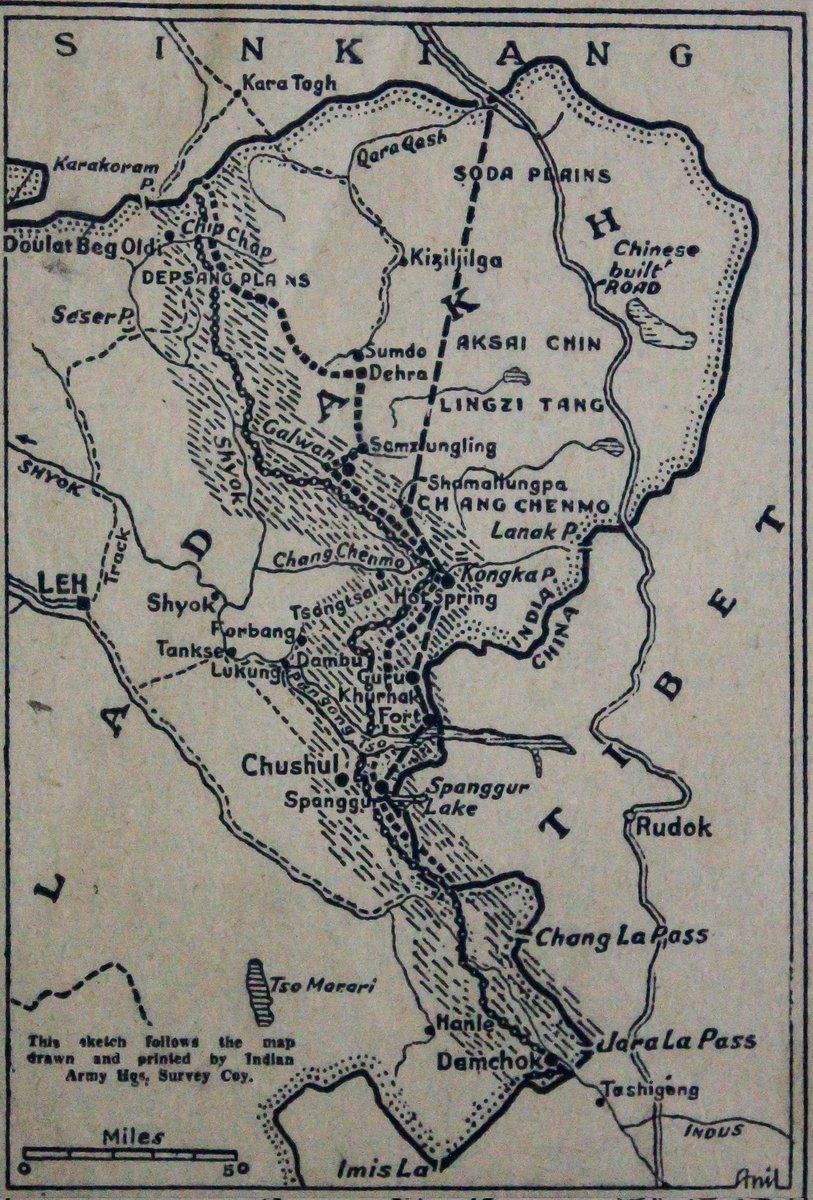
 In April 1961, a platoon of the 14 J&K Militia was given the responsibility to establish a post at Daulat Beg Oldie, also termed as the “Gateway to Hell” by old traders. It was 16 kilometres southeast of the Karakoram Pass. Survival in the terrain and severe weather was challenging in this region, and the enemy came after that. In those days, Ladakh’s connectivity was also very poor, with only a Jeepable road connecting Chushul and Leh. Therefore, air supply was the only way to keep posts operational.
In April 1961, a platoon of the 14 J&K Militia was given the responsibility to establish a post at Daulat Beg Oldie, also termed as the “Gateway to Hell” by old traders. It was 16 kilometres southeast of the Karakoram Pass. Survival in the terrain and severe weather was challenging in this region, and the enemy came after that. In those days, Ladakh’s connectivity was also very poor, with only a Jeepable road connecting Chushul and Leh. Therefore, air supply was the only way to keep posts operational.
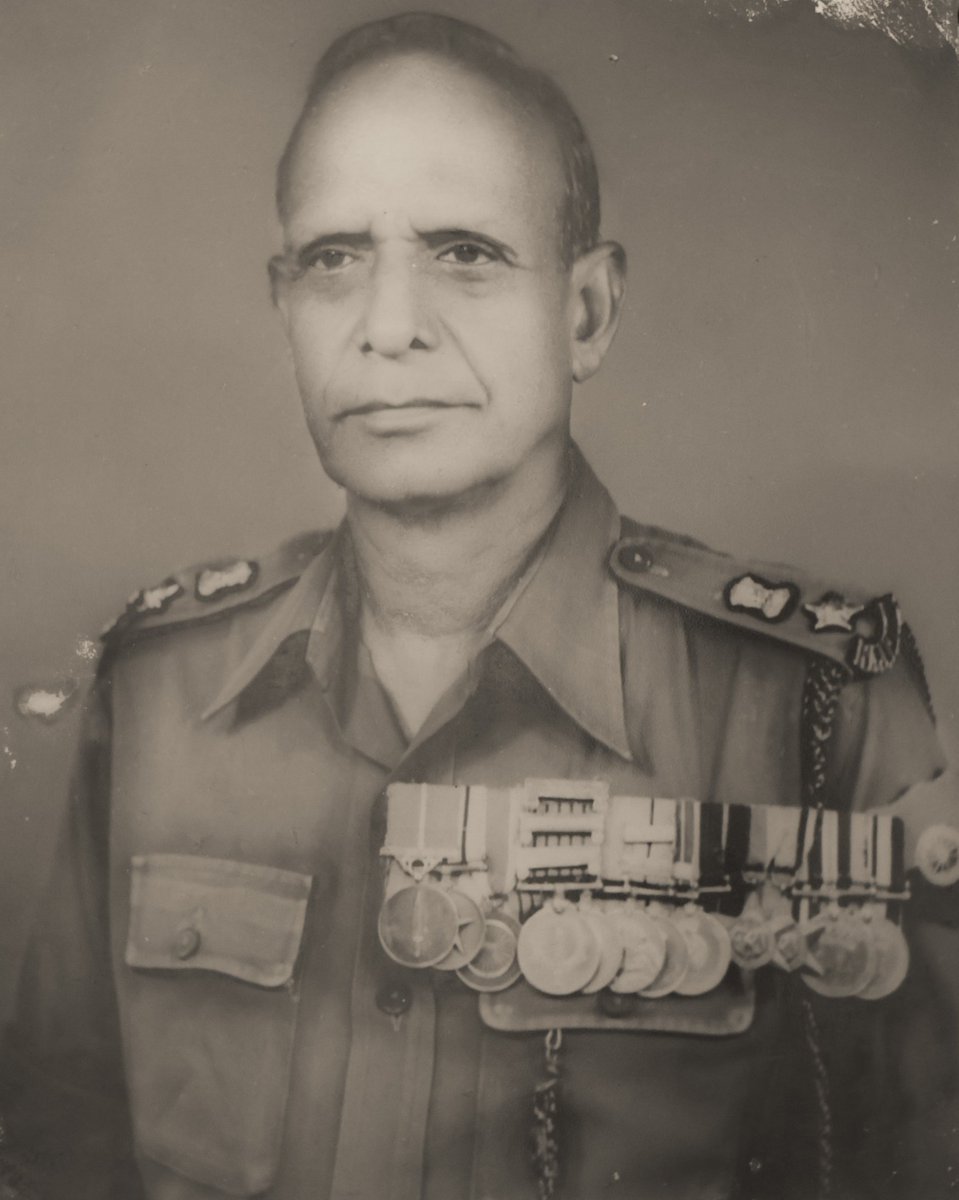

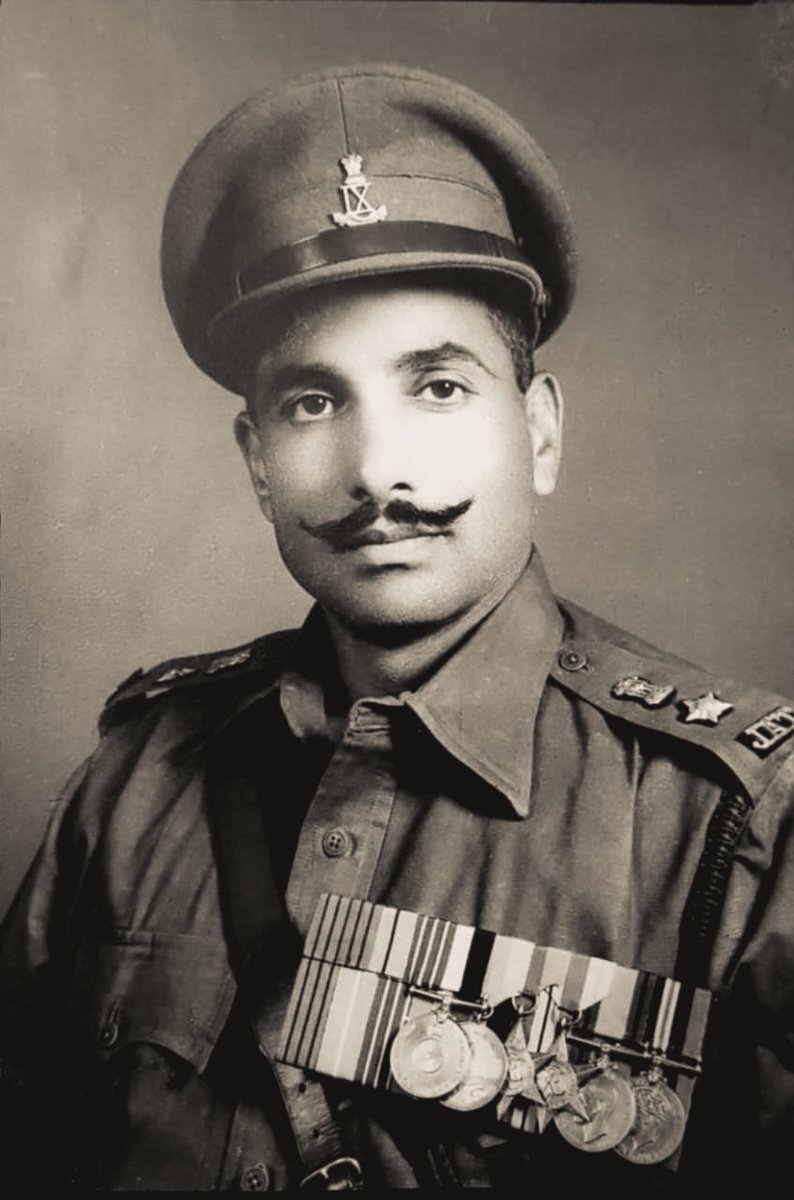


 Move orders for a high altitude tenure in 17 Mountain Division under 63 Mountain Brigade at Chhangu Lake in Sikkim were soon received. Those days Sikkim was a protectorate of India and the Indian Army had deployed 17 Mountain Division there. Major General Sagat Singh was the GOC of the Division and Brigadier Kundan Singh was the Brigade Commander of 63 Brigade. There was a location swap between two sister battalions, 10 JAKRIF was supposed to relieve 11 JAK RIF and 11 had to take over from 10 JAKRIF in Binaguri.
Move orders for a high altitude tenure in 17 Mountain Division under 63 Mountain Brigade at Chhangu Lake in Sikkim were soon received. Those days Sikkim was a protectorate of India and the Indian Army had deployed 17 Mountain Division there. Major General Sagat Singh was the GOC of the Division and Brigadier Kundan Singh was the Brigade Commander of 63 Brigade. There was a location swap between two sister battalions, 10 JAKRIF was supposed to relieve 11 JAK RIF and 11 had to take over from 10 JAKRIF in Binaguri. 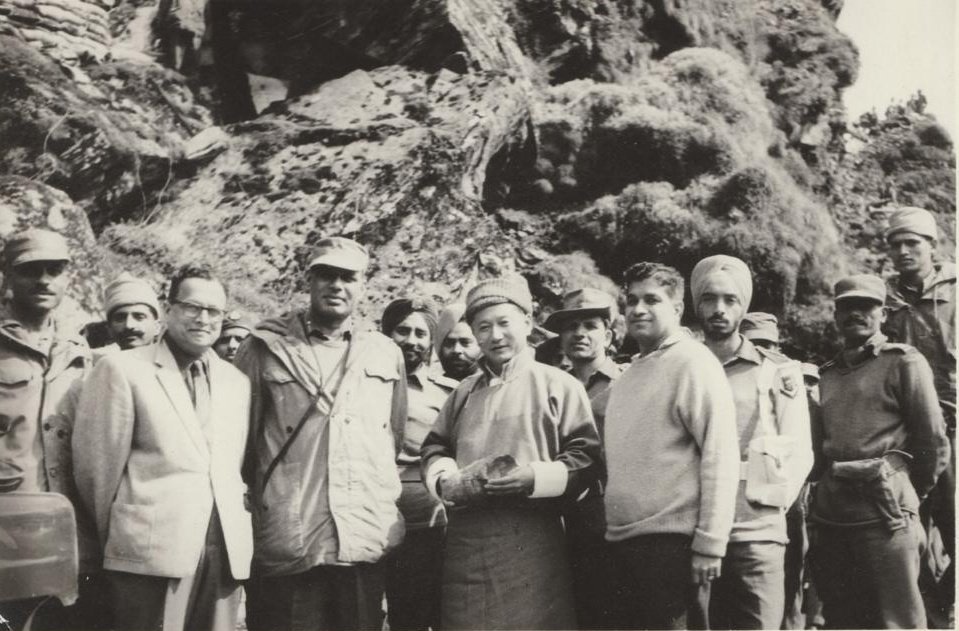

 The story started a day earlier. Two jawans who survived the battle of Nullah Junction came back to company headquarters at Hot Springs. They informed Subedar Norang Lal about one of the injured soldiers left behind. Subedar Norang Lal volunteered to take out a patrol to find the injured jawan. (2/n)
The story started a day earlier. Two jawans who survived the battle of Nullah Junction came back to company headquarters at Hot Springs. They informed Subedar Norang Lal about one of the injured soldiers left behind. Subedar Norang Lal volunteered to take out a patrol to find the injured jawan. (2/n)



 He was commissioned into the Fifth battalion the Jat Regiment. After spending half a month on leave, 2/Lt Harish joined the unit in Uri on January 16, 1962. 5 Jat had moved from Amritsar, it was the unit's field tenure. In between 5 Jat had a change, there was a new Commanding Officer, Lt Col Badan Singh who just stayed for two days and moved out due to sick health. The 2-IC Major Balbir took over the charge as officiating CO and orders from the CORs secretariat were waiting for the unit. Jats were handpicked to be sent to Ladakh to relieve Gorkhas. (2/9)
He was commissioned into the Fifth battalion the Jat Regiment. After spending half a month on leave, 2/Lt Harish joined the unit in Uri on January 16, 1962. 5 Jat had moved from Amritsar, it was the unit's field tenure. In between 5 Jat had a change, there was a new Commanding Officer, Lt Col Badan Singh who just stayed for two days and moved out due to sick health. The 2-IC Major Balbir took over the charge as officiating CO and orders from the CORs secretariat were waiting for the unit. Jats were handpicked to be sent to Ladakh to relieve Gorkhas. (2/9)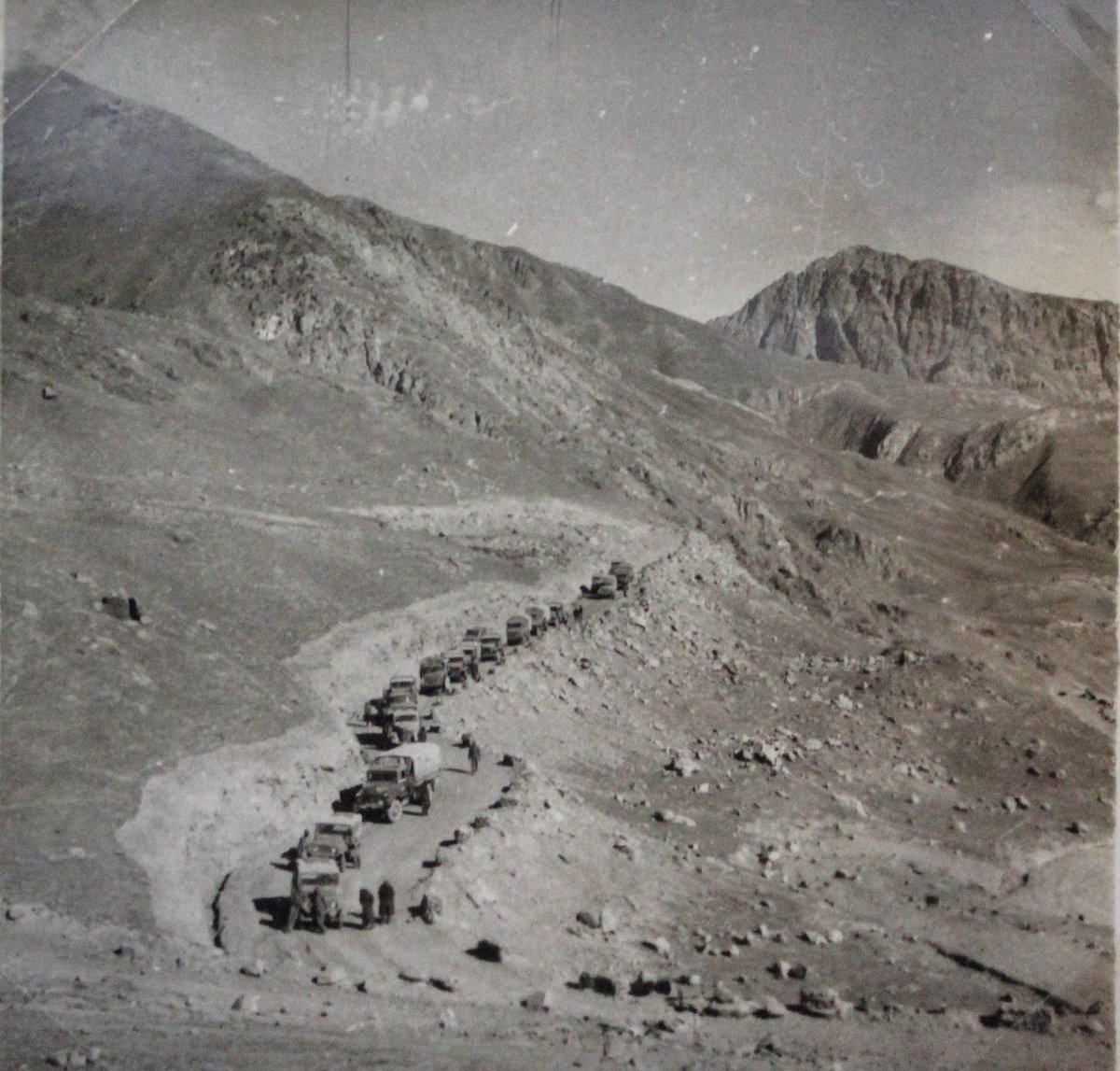
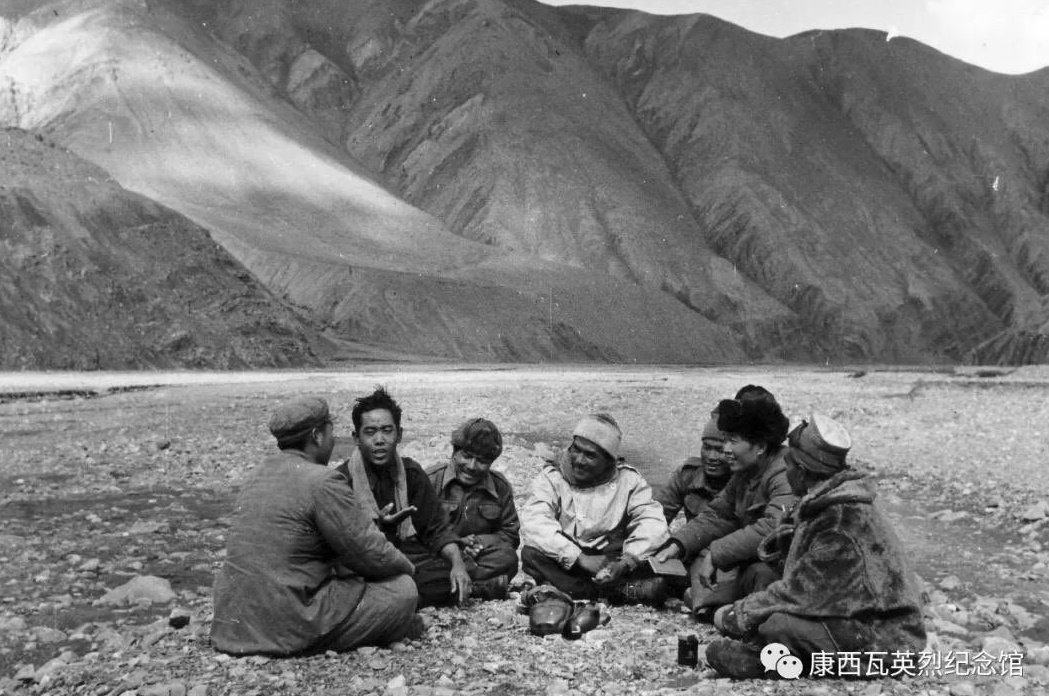

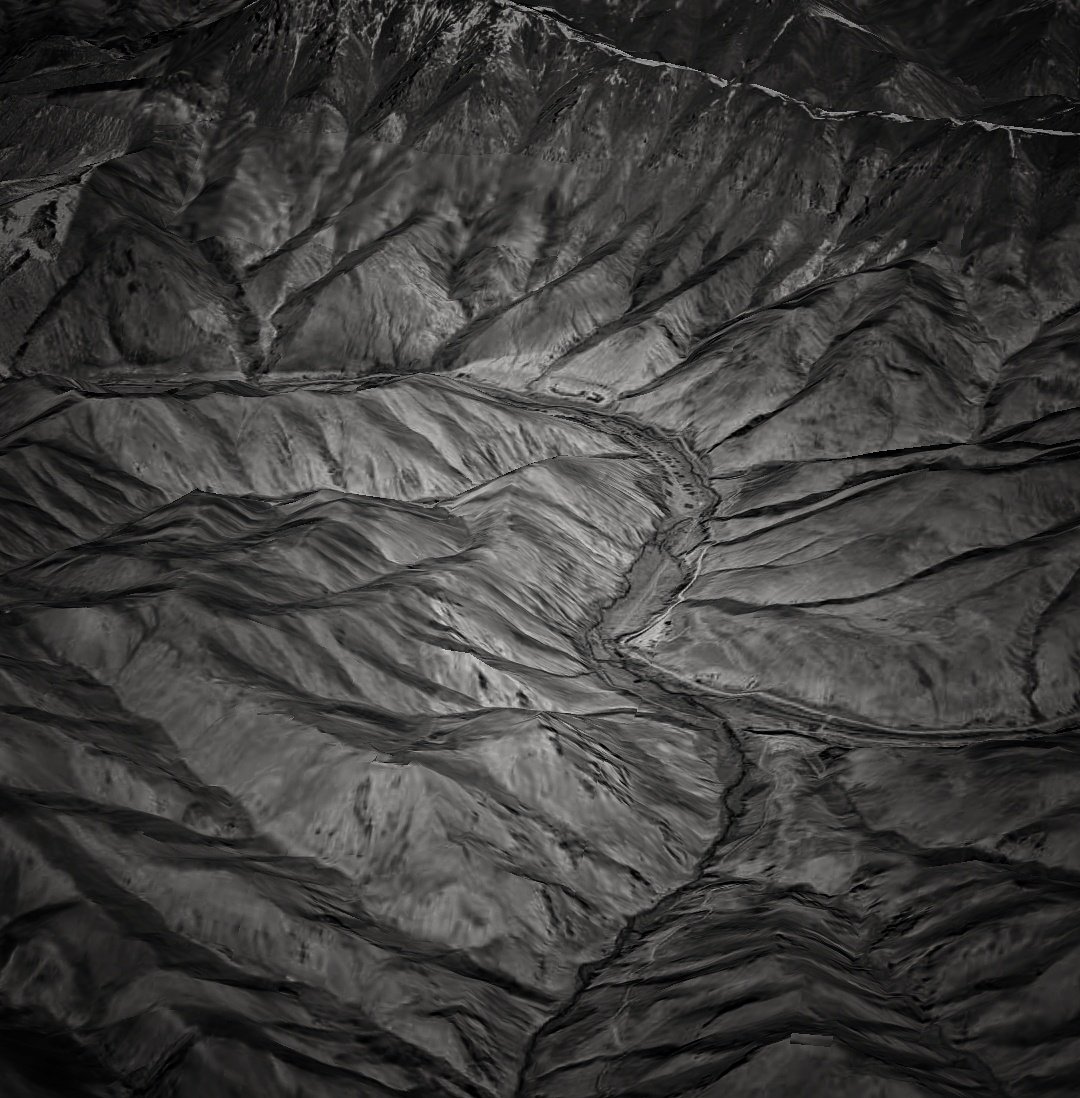 But Lieutenant General Daulet Singh led Shimla based Western Command which looked after Jammu and Kashmir and Ladakh was not happy with the decision of establishing the post so isolated deep in a valley with no land route. (2/n)
But Lieutenant General Daulet Singh led Shimla based Western Command which looked after Jammu and Kashmir and Ladakh was not happy with the decision of establishing the post so isolated deep in a valley with no land route. (2/n) 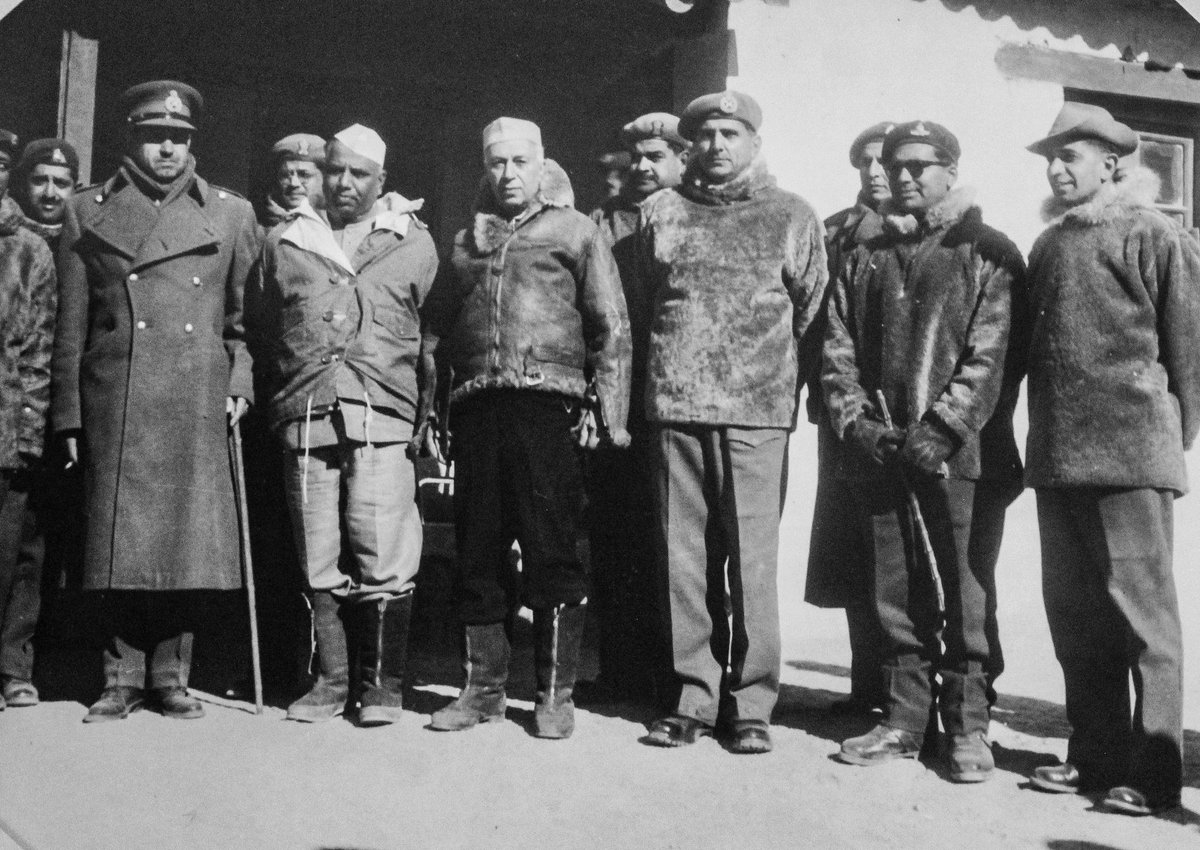


 The unit traces its origin with the origin of the Mewar state which is 734 AD when Bappa Rawal established his kingdom. If we talk about the battles, the list isn't small. This army had leaders like Maharana Kumbha, Maharana Sanga and Maharana Pratap. (2/20)
The unit traces its origin with the origin of the Mewar state which is 734 AD when Bappa Rawal established his kingdom. If we talk about the battles, the list isn't small. This army had leaders like Maharana Kumbha, Maharana Sanga and Maharana Pratap. (2/20) 



 Kaman was sent to Indian Military Academy in July 1939 for military training after 18 months of rigorous training, on December 22, 1940 he was commissioned into the 5th Battalion the Dogra Regiment he served in 5th Dogra till April 1941 and was transferred to 17th Dogra, during this tenure he participated in World War II in the Burma Campaign from 1944 to 1945 & for his deeds he was mentioned in despatches (M-in-D) and from May 46 to July 47 he served under South East Asia Command. Till June 1947 he was a part of 17th Dogra and in July 1947 he was transferred again & this time to 4th Dogra, with them he served in North West till December 1947. (2/n)
Kaman was sent to Indian Military Academy in July 1939 for military training after 18 months of rigorous training, on December 22, 1940 he was commissioned into the 5th Battalion the Dogra Regiment he served in 5th Dogra till April 1941 and was transferred to 17th Dogra, during this tenure he participated in World War II in the Burma Campaign from 1944 to 1945 & for his deeds he was mentioned in despatches (M-in-D) and from May 46 to July 47 he served under South East Asia Command. Till June 1947 he was a part of 17th Dogra and in July 1947 he was transferred again & this time to 4th Dogra, with them he served in North West till December 1947. (2/n)







 Because his elder brother Krishan Raj was linked to the Indian National Army, some INA officials used to visit their house in Ferozpur, and the children gradually developed a strong attachment to the motherland.
Because his elder brother Krishan Raj was linked to the Indian National Army, some INA officials used to visit their house in Ferozpur, and the children gradually developed a strong attachment to the motherland.
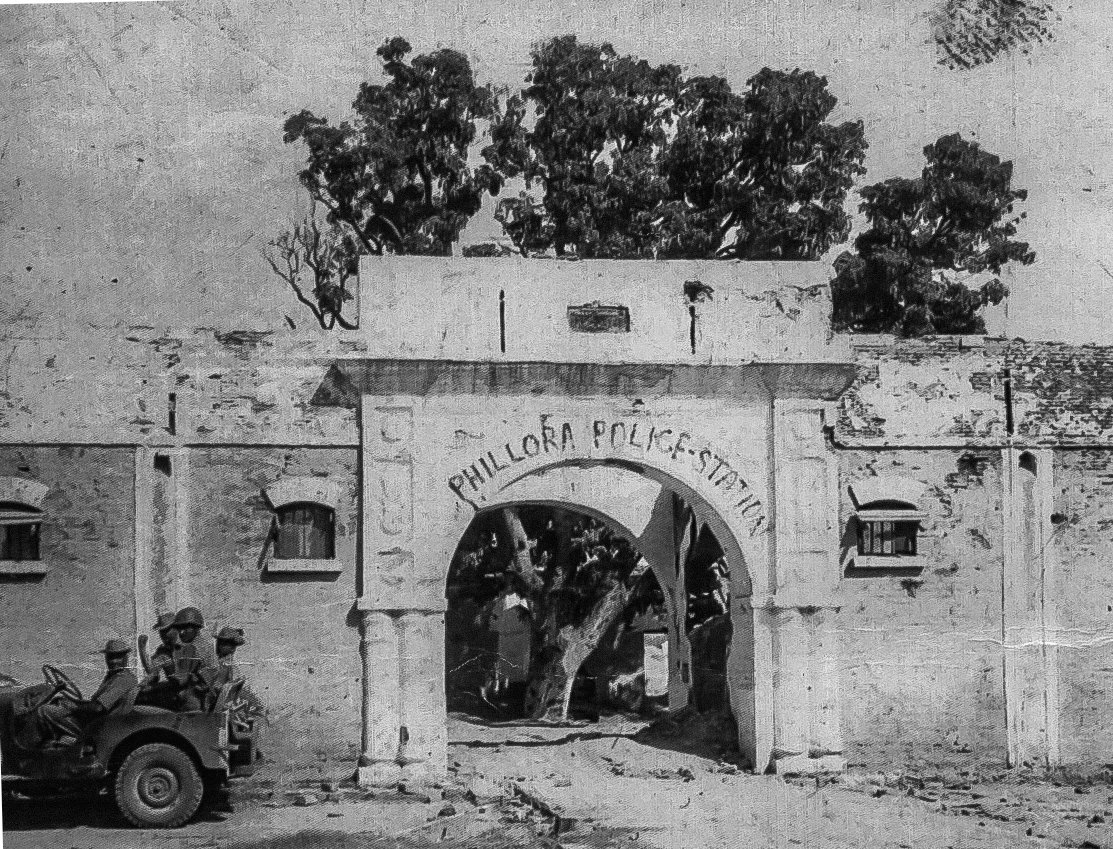
 The entire brigade which included the 5 Jat, 8 Garhwal, and 5/9 Gorkha Rifles left Jhansi for Beas at the end of April 1965 on very short notice. Lt Col Bakhtawar Singh, who commanded the battalion during the 1962 War, remained in command of the unit. (2/n)
The entire brigade which included the 5 Jat, 8 Garhwal, and 5/9 Gorkha Rifles left Jhansi for Beas at the end of April 1965 on very short notice. Lt Col Bakhtawar Singh, who commanded the battalion during the 1962 War, remained in command of the unit. (2/n) 





 Yog Raj Palta was born on April 20, 1938, to Shakuntala Devi Palta and Shadilal Palta in Ferozpur, Punjab. Shadilal Palta was a well-read man and a renowned criminal lawyer in the undivided Punjab. He was married twice; from his first marriage, (2/n)
Yog Raj Palta was born on April 20, 1938, to Shakuntala Devi Palta and Shadilal Palta in Ferozpur, Punjab. Shadilal Palta was a well-read man and a renowned criminal lawyer in the undivided Punjab. He was married twice; from his first marriage, (2/n)

 He did his schooling from a Christian missionary school in Meerut where he was an average student. He never thought of joining the Indian Army, but he was inspired by his father and family members who participated in India’s freedom movement. (2/27)
He did his schooling from a Christian missionary school in Meerut where he was an average student. He never thought of joining the Indian Army, but he was inspired by his father and family members who participated in India’s freedom movement. (2/27) 


 13 KUMAON was located in Baramulla, Kashmir after spending a tenure in Ambala. The unit surprisingly received orders to move to Leh in September. Advance party & gradually main body left for Leh via road leaving Quartermaster Major Shaitan Singh in charge of rear party. (2/n)
13 KUMAON was located in Baramulla, Kashmir after spending a tenure in Ambala. The unit surprisingly received orders to move to Leh in September. Advance party & gradually main body left for Leh via road leaving Quartermaster Major Shaitan Singh in charge of rear party. (2/n) 


 Patrol Base:
Patrol Base:


 Chivalrous Charlie
Chivalrous Charlie 



 Himachal Pradesh. Manu, Bikram, and Kishan Thapa were his three brothers. Shakuntala Thapa was the name of his only sister.He participated in athletic activities frequently while attending Gorkha School in Shimla to study. Thapa excelled at football. (2/27)
Himachal Pradesh. Manu, Bikram, and Kishan Thapa were his three brothers. Shakuntala Thapa was the name of his only sister.He participated in athletic activities frequently while attending Gorkha School in Shimla to study. Thapa excelled at football. (2/27)


 Given the small percentage of Ahirs in other battalions, there was a promotion limitation for them. As a result, Army Headquarters decided in January 1959 that 13 Kumaon should be transformed into a 100% Ahir Battalion. This would be accomplished by moving its Kumaonis to the 2nd and 6th Battalions and sending their Ahirs to the 13th, making the 2nd and 6th Battalions all Kumaoni in the process. (2/7)
Given the small percentage of Ahirs in other battalions, there was a promotion limitation for them. As a result, Army Headquarters decided in January 1959 that 13 Kumaon should be transformed into a 100% Ahir Battalion. This would be accomplished by moving its Kumaonis to the 2nd and 6th Battalions and sending their Ahirs to the 13th, making the 2nd and 6th Battalions all Kumaoni in the process. (2/7)


 He was commissioned into the Fifth battalion the Jat Regiment. After spending half a month on leave, 2/Lt Harish joined the unit in Uri on January 16, 1962. 5 Jat had moved from Amritsar, it was the unit's field tenure. In between 5 Jat had a change, there was a new Commanding Officer, Lt Col Badan Singh who just stayed for two days and moved out due to sick health. The 2-IC Major Balbir took over the charge as officiating CO and orders from the CORs secretariat were waiting for the unit. Jats were handpicked to be sent to Ladakh to relieve Gorkhas. (2/9)
He was commissioned into the Fifth battalion the Jat Regiment. After spending half a month on leave, 2/Lt Harish joined the unit in Uri on January 16, 1962. 5 Jat had moved from Amritsar, it was the unit's field tenure. In between 5 Jat had a change, there was a new Commanding Officer, Lt Col Badan Singh who just stayed for two days and moved out due to sick health. The 2-IC Major Balbir took over the charge as officiating CO and orders from the CORs secretariat were waiting for the unit. Jats were handpicked to be sent to Ladakh to relieve Gorkhas. (2/9)


 CO 1/8 Gorkha Rifles assigned this task to Major PP Singh who was the Delta Company Commander. On 26 June, Major PP Singh along with Captain PL Kher who was the Adjutant and 1 NCO and 10 OR boarded boats to cross the lake and establish a section sized post at Sirjap. (2/19)
CO 1/8 Gorkha Rifles assigned this task to Major PP Singh who was the Delta Company Commander. On 26 June, Major PP Singh along with Captain PL Kher who was the Adjutant and 1 NCO and 10 OR boarded boats to cross the lake and establish a section sized post at Sirjap. (2/19) 